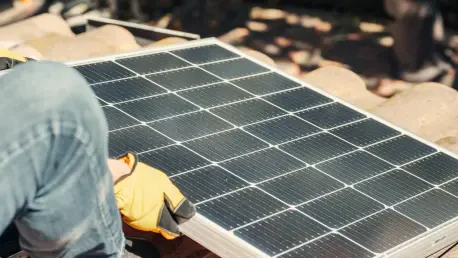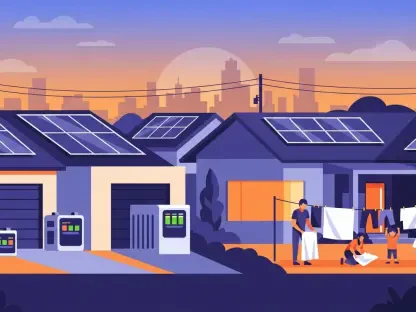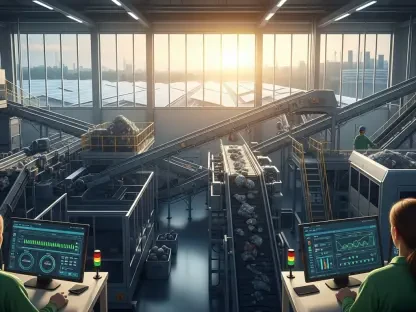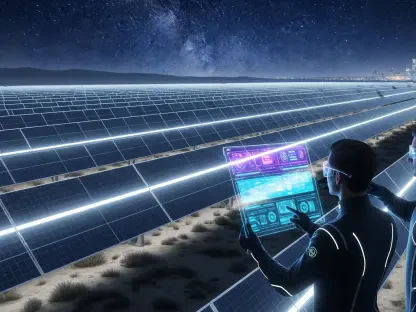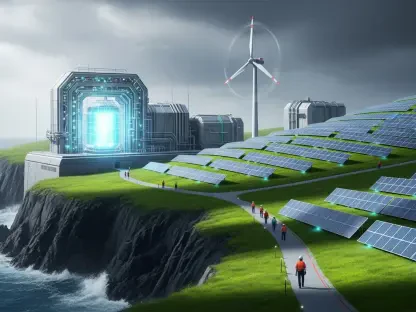I’m thrilled to sit down with Christopher Hailstone, a seasoned expert in energy management and renewable energy systems. With his deep knowledge of electricity delivery and grid reliability, Christopher offers unparalleled insights into the transformative shifts happening in the energy sector. Today, we’re diving into California’s remarkable progress in solar power, which has recently surpassed gas as a dominant energy source in the state. Our conversation explores the driving forces behind this clean energy surge, the pivotal role of battery storage, the challenges of moving away from fossil fuels, and how California’s journey compares to the broader U.S. energy landscape. Let’s get started.
Can you walk us through how California has achieved such a dramatic increase in solar power, reaching 39% of the state’s electricity this year?
California’s success with solar is the result of years of strategic planning and investment. The state has implemented robust policies like renewable portfolio standards, which mandate a certain percentage of energy come from clean sources. On top of that, billions in subsidies have made solar installations more affordable for both utilities and homeowners. Beyond policy, the declining cost of solar technology and the state’s abundant sunshine have created a perfect storm for growth. It’s a long-term commitment paying off—solar didn’t just happen overnight; it’s been a steady build-up of capacity and public support.
What specific policies or investments do you think have had the most significant impact on this solar boom?
I’d point to the California Solar Initiative as a game-changer. It provided direct incentives for rooftop solar, which got thousands of households and businesses on board early on. Additionally, the state’s aggressive targets for carbon reduction pushed utilities to invest heavily in large-scale solar farms. Net metering policies, which allow solar users to sell excess power back to the grid, also created a financial incentive that drove adoption. These measures, combined with federal tax credits, lowered the barriers to entry and built a massive solar infrastructure over time.
How have battery systems transformed the reliability of solar power in California?
Batteries have been a critical piece of the puzzle in making solar a dependable energy source. Solar power’s biggest limitation is that it’s only generated when the sun is shining, but batteries store excess energy produced during the day and release it during peak evening hours or at night. This smooths out the supply and reduces reliance on fossil fuels when demand spikes after sunset. California’s battery fleet is now a cornerstone of its grid, ensuring that clean energy isn’t just a daytime solution but a round-the-clock option.
Can you explain the significance of the recent record where batteries discharged nearly 11 gigawatts in a single moment?
That record is a landmark for clean energy. Discharging 11 gigawatts instantaneously shows that batteries aren’t just a backup—they’re a major player in meeting real-time energy needs. It’s enough power to supply millions of homes during peak demand, which historically relied on gas plants. This milestone proves that battery storage can handle significant grid stress and signals to other states that scaling up storage is a viable path to decarbonization. It’s a clear indicator of how far the technology has come in just a few years.
With fossil gas generation dropping to 26% in California, how is this reshaping the state’s energy landscape?
This drop is a seismic shift. Gas has long been the go-to for reliable power, but with solar and batteries stepping up, gas is being pushed into a smaller, more niche role. It means cleaner air, lower carbon emissions, and a grid that’s less vulnerable to volatile fuel prices. For the energy landscape, it’s a signal that renewables can lead, not just supplement. However, it also raises questions about how to manage the transition for workers and communities tied to the gas industry, which is something policymakers need to address.
What does this decline in gas generation mean for the future of gas plants in California?
Many gas plants are likely facing a slow phase-out. As solar and storage capacity grows, the economic case for maintaining older, less efficient gas plants weakens—they’re expensive to run compared to near-zero-cost renewables. Some plants may stick around for rare high-demand scenarios or emergencies, but their days as a primary source are numbered. The state is already seeing fewer hours of operation for these facilities, and I expect more will be decommissioned or repurposed in the coming decade.
How does California’s energy transition stand out when compared to the rest of the U.S.?
California is an outlier in its aggressive push toward clean energy. While gas dominates nationally at over 40% of electricity generation, California has slashed its reliance to 26% and prioritized solar and storage. This contrasts with much of the U.S., where coal and gas still hold strong due to slower policy shifts or less favorable conditions for renewables. California’s leadership comes from a mix of progressive legislation, public demand for sustainability, and a geography that supports solar. It’s setting a precedent that others are starting to follow, though at different paces.
What challenges has California faced in moving away from gas power over the years?
The transition hasn’t been smooth. One major hurdle was dealing with excess solar power during the day—early on, the grid couldn’t always use it, so a lot was wasted through curtailment. At night, without enough storage, the state had to lean on gas to keep the lights on. There were also reliability concerns; in 2020, during extreme heatwaves, California had to waive environmental rules to keep gas plants running because the grid wasn’t fully ready to go without them. These growing pains showed that shifting an entire energy system takes time, technology, and tough compromises.
How are rising gas prices influencing the competition between gas plants and cleaner alternatives like solar and batteries?
Rising gas prices are a huge advantage for renewables. Gas plants have high operating costs because they need to buy fuel, and with prices climbing due to domestic demand from data centers and global export pressures, they’re becoming less competitive. Solar and batteries, on the other hand, have almost no marginal cost once installed—sunlight is free, and storage tech is getting cheaper. This economic disparity is accelerating the shift, as utilities and grid operators see cleaner options not just as environmentally better, but financially smarter.
What is your forecast for the future of clean energy in California over the next decade?
I’m optimistic. California is on track to push solar and storage even further, potentially reaching 50% or more of its electricity from solar within the next ten years. Battery technology will continue to improve, with longer durations and lower costs, making the grid more resilient. I also expect wind and other renewables to play a bigger role as the state diversifies its clean energy mix. The biggest wildcard is policy—continued support for renewables and grid upgrades will be crucial. If that momentum holds, California could be a near-zero-emission grid by the mid-2030s, setting a global example.
